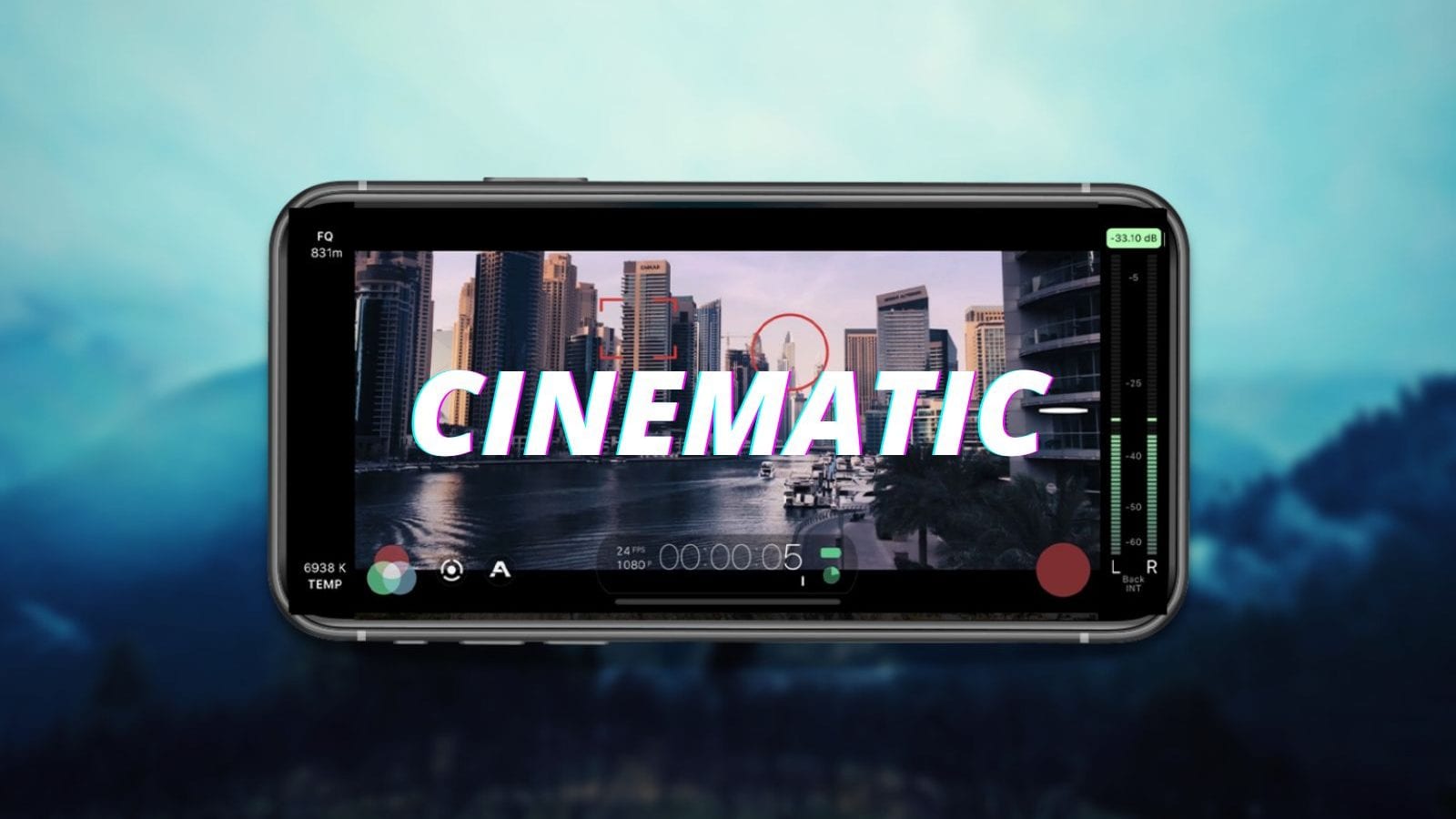Nowadays, it is commonplace for budding creators to feel overwhelmed by the increasingly rising ‘pro’ quality visuals on a multitude of social media websites like Instagram and YouTube. Over time, the creator community has involuntarily given rise to a set of rules, or perhaps a visual identity to what makes a visual look ‘cinematic’. Now, to shoot better looking visuals on a mobile phone, there are a few basic guidelines as to how one can capture more film-like, aesthetically pleasing content. Read on to understand the basics of smartphone video.
WATCH VIDEO: XIAOMI 12S ULTRA UNBOXING AND FIRST LOOK
Visual Identity of a ‘Cinematic’ Video:
1) As a General Rule of Thumb, Always Shoot Your Videos in 24 FPS
This allows for a natural motion blur and more importantly, we have come to perceive the 24 FPS frame rate as ‘cinematic’, thanks to movies widely adopting it. Movies have conditioned our minds into associating 24 FPS with filmic subtleties.
So, instead of shooting at 30 or 60, try shooting your A-roll at 24 FPS. However, do understand that in order to achieve a slow-motion effect, you will need to ideally shoot at a higher framerate of 60 and above, and later interpret it as 24.
WATCH VIDEO: This Robotic Goat Proves Why Japan Is Living In The Future
2) Quick Hack To Make Your Footage ‘Moody’
When shooting on phones, it is hard to replicate what more expensive, dedicated cameras can do, but in this day and age, more people are increasingly starting to shoot exclusively on phones, at least for platforms like Instagram Reels. A quick hack to make your moving pictures more dramatic is to underexpose or expose them for the highlights.
Crushing the shadows in-app allows for more contrast, softer highlights and instantly achieving a more punchy look. Doing this on most phones is as simple as pushing the exposure slider down, but on camera centric phones like the Google Pixel series, you can adjust both the highlights and shadows for the desired exposure. Underexposing with a stop or two can make your footage look vastly pleasing and would pass as being ‘cinematic’ to the untrained eye.
WATCH VIDEO: Why Do Amazon Delivery Cardboard Boxes Smell Bad
3) Get Close to the Subject for a Shallow Depth of Field
The primary disadvantage for phone cameras is their sensor size. While newer phones from the likes of Samsung, Google and Xiaomi do feature comparatively bigger sensors than before, they are no match for professional or semi-professional mirrorless and cinema cameras. For instance, Samsung Galaxy S22 Ultra has a 1/1.33″ main sensor, while something like the Canon R5 has a full-frame 35mm sensor that is much larger and more capable when it comes to depth, ISO performance, and more.
To get a shallow depth of field on phone, all you need to do is get close to your subject, focus and then film. For smaller subjects, this should work flawlessly. For the foreground bokeh, shooting through something like some grass, flowers or any suitable object will help add extra oomph to your visuals.
Read the Latest News and Breaking News here

